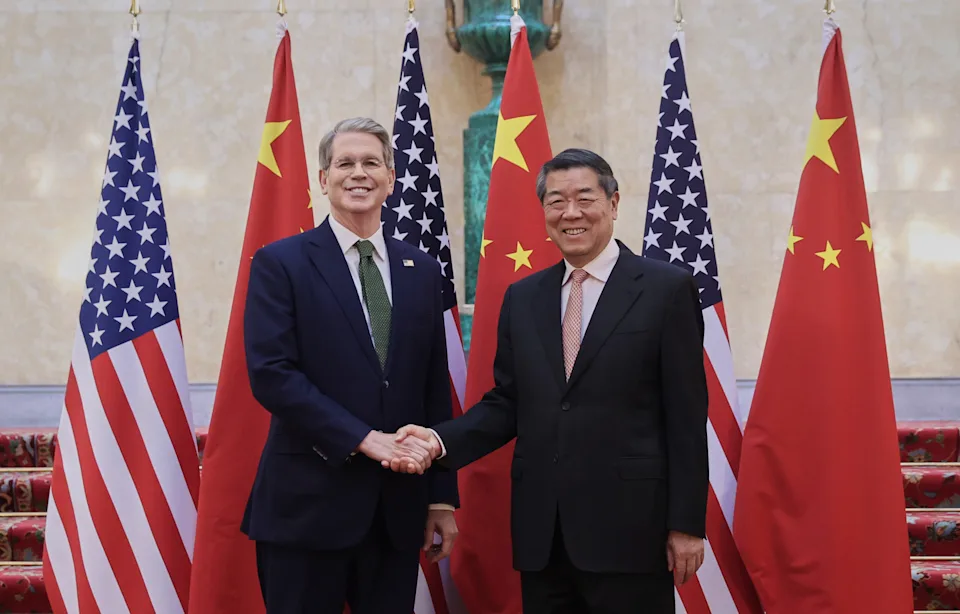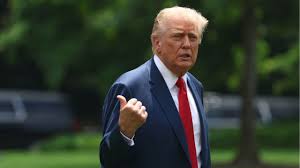President Donald Trump announced Wednesday that he plans to send formal letters to key trading partners within the next one to two weeks, outlining unilateral tariff rates.
“At some point, we’re just going to send the letters out,” Trump said during an appearance at the Kennedy Center in Washington. “And I think you understand what that means — this is the deal, take it or leave it.” His remarks come shortly after he imposed steep new tariffs that shook global markets, followed by a temporary suspension of the harshest measures. That pause is set to expire on July 9. However, his latest comments add uncertainty over what direction tariff policy will take as the deadline looms.
Earlier that day, Treasury Secretary Scott Bessent told lawmakers that the administration is likely to extend the pause for countries that are negotiating in “good faith.”
“There are 18 major trading partners we’re actively working with, and it’s highly likely that those engaged in constructive talks will see the deadline pushed back,” Bessent said during testimony before the House Ways and Means Committee.
Meanwhile, on Tuesday, the U.S. and China reached a tentative agreement on a framework to ease ongoing trade tensions. Trump expressed satisfaction with the progress, calling the deal “done,” pending final approval from both himself and Chinese President Xi Jinping.

President Trump and senior U.S. officials signaled that the latest trade agreement with China is expected to resolve key disputes over rare earth elements and industrial magnets. However, later reports clarified that China would ease its export restrictions on rare earth minerals for only a six-month period.
As part of the deal, Trump also announced that Chinese students would continue to be allowed to study at U.S. colleges — a contentious issue that had emerged following the countries’ mid-May trade negotiations in Geneva.
Trump further stated that Chinese imports would be subject to a total tariff rate of 55%. According to Yahoo Finance’s Ben Werschkul, citing a White House official, this figure was not the result of new tariffs but rather a combination of existing duties already in place.
Although Trump’s broadest tariff actions remain under legal scrutiny, he received a favorable development on Tuesday. A federal appeals court upheld a prior ruling allowing the tariffs to remain in effect for now. This came after the U.S. Court of International Trade had blocked their implementation last month, ruling that the method used to authorize them was “unlawful.”

